Lazy Girl Tips for Growing Zinnias In Pots
Hey there, fellow gardening enthusiasts! Today, we’re diving into the colorful world of zinnias and answering a commonly asked question, can you grow zinnias in pots?
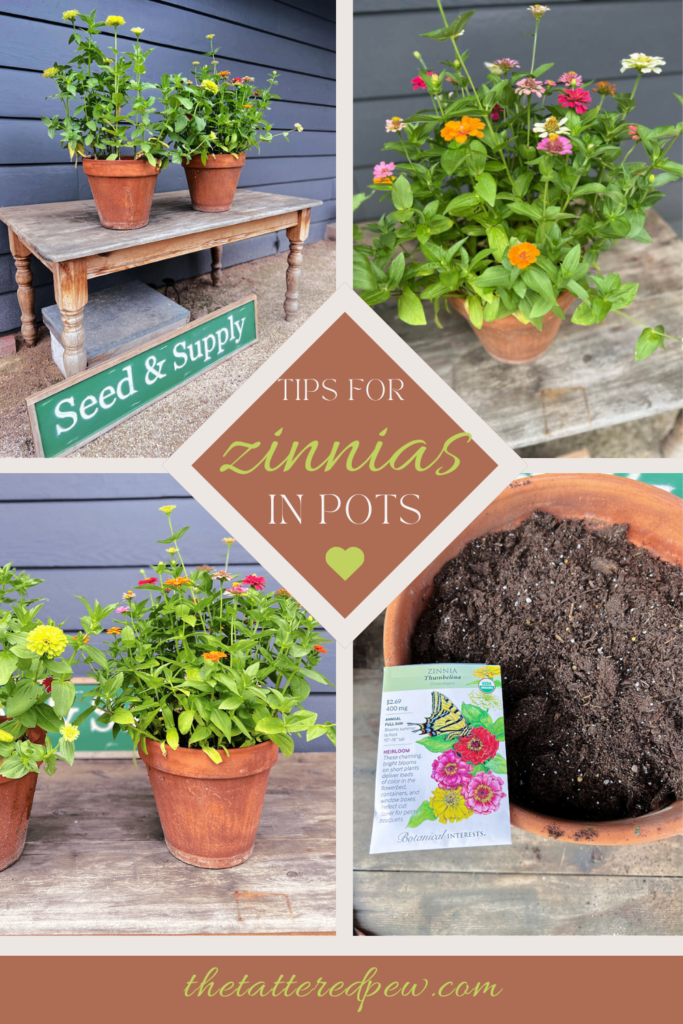
If you’re anything like me, you understand the joy that vibrant flowers can bring to any garden or living space. Zinnias, with their kaleidoscope of hues and easy-growing nature, are the perfect addition to your flower growing dreams.
But what about those of us who don’t have huge spaces or raised beds to grow zinnias, is there hope for us too?
Read on…spoiler alert: THERE IS GOOD NEWS AHEAD!
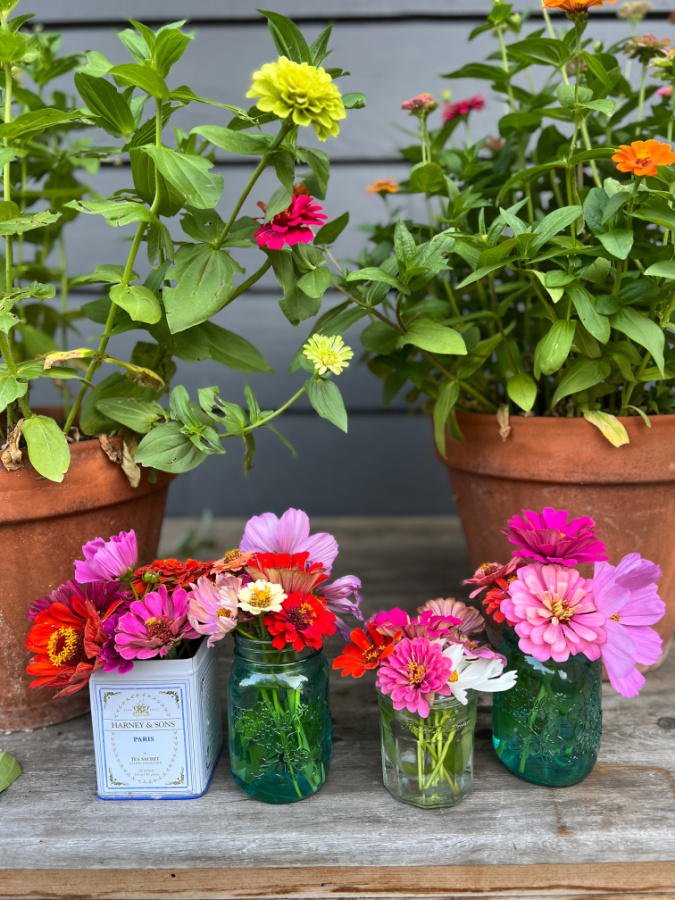
Can You Grow Zinnias In Pots?
Now, let’s address the burning question on everyone’s mind: Can you grow zinnias in pots?
The short answer: Absolutely! Growing zinnias in pots is a thing and it’s easy! But let’s delve deeper into why and how.
Zinnias are versatile and adaptable plants that thrive in containers just as well as they do in traditional garden beds. If you just sighed in relief, I can relate because I did too when I heard this fabulous news!
Growing zinnias in pots offers numerous benefits, including accessibility for urban gardeners or those with limited outdoor space, control over soil quality and drainage, and the flexibility to relocate pots for optimal sunlight and aesthetic appeal.
With the right container, well-draining soil, regular watering, and adequate sunlight, you can successfully cultivate vibrant zinnias in pots to add color and charm to any garden or living space.
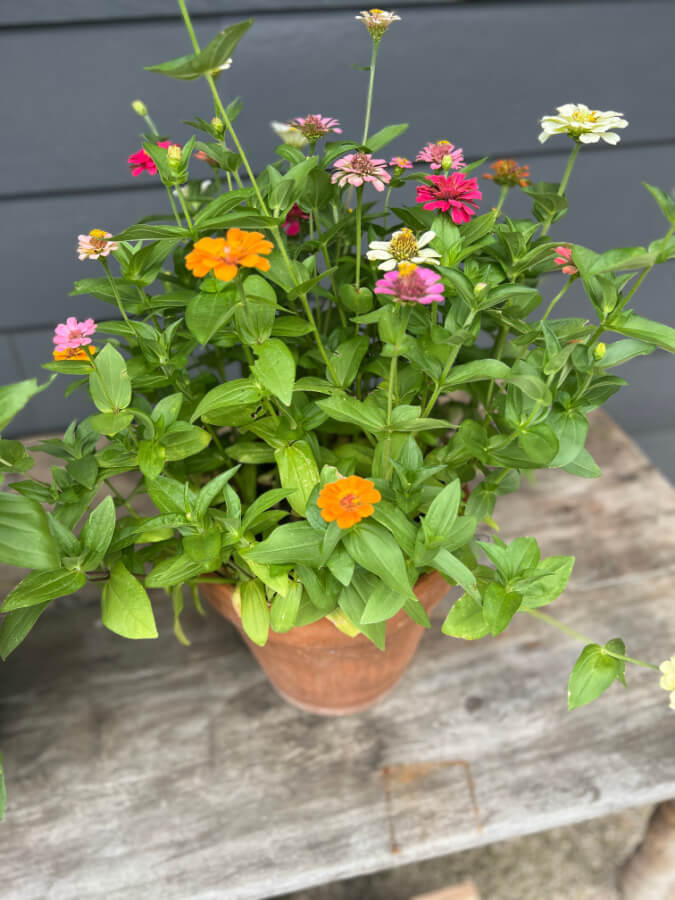
Understanding Zinnias
Zinnias are annual flowering plants cherished for their vast array of colors, shapes, and sizes. From dwarf varieties perfect for borders to towering blooms that steal the show, there’s a zinnia for every garden aesthetic.
They are a VERY easy to grow flower for many reasons! Here are just a few…
Certainly! Here’s a list of reasons why people should consider growing zinnias (in pots):
- Vibrant Colors: Zinnias come in a wide range of bright and bold colors, adding a pop of vibrancy to any garden or floral arrangement.
- Easy to Grow: Zinnias are known for their ease of cultivation, making them perfect for both beginner and experienced gardeners alike.
- Attracts Pollinators: Zinnias are excellent pollinator magnets, attracting butterflies, bees, and hummingbirds to your garden, thus promoting biodiversity.
- Long Blooming Period: Zinnias have a prolonged blooming season, providing beautiful flowers from early summer through fall, ensuring continuous color in your garden.
- Versatile Use: Zinnias are versatile flowers that can be used in various ways, including as cut flowers for bouquets, floral arrangements, or dried flower crafts. See my dried zinnia wreath as an example!
- Low Maintenance: Once established, zinnias require minimal maintenance, making them an ideal choice for busy gardeners or those with limited time for gardening chores.
- Drought Tolerance: Many zinnia varieties exhibit excellent drought tolerance once established, making them suitable for regions with hot, dry summers or water restrictions.
- Adaptable to Containers: Zinnias can be grown successfully in pots or containers, making them suitable for balcony gardens, patios, or small urban spaces.
- Excellent Cut Flowers: Zinnias make stunning cut flowers with long stems and a vase life of up to a week or more, bringing their vibrant colors indoors to brighten up your home.
- Encourages Gardening Enjoyment: Growing zinnias can be a rewarding and enjoyable experience, allowing gardeners to connect with nature, express their creativity, and experience the joy of nurturing living plants.
Advantages of Growing Zinnias in Pots
One of the greatest perks of cultivating zinnias in pots is accessibility.
Whether you’re an urban gardener with limited outdoor space or simply prefer the flexibility of container gardening, zinnias are your go-to choice.
But that’s not all—growing zinnias in pots also grants you greater control over soil quality and drainage.
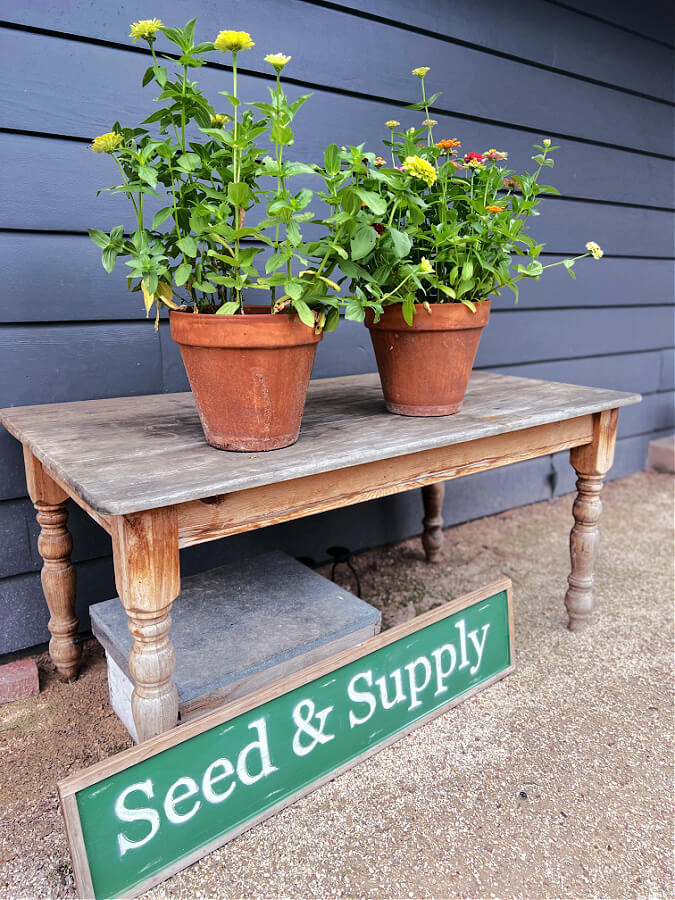
Plus, the ease of relocating your pots ensures your zinnias receive optimal sunlight and complement your space’s aesthetics.
Tips for Growing Zinnias in Pots
When to Plant Zinnias in Pots
Timing is key when it comes to planting zinnias in pots. Aim for the last frost date in your area, typically in late spring or early summer, to ensure your blooms thrive.
If you want help figuring this out you can opt-in via the form below!
Choosing the Right Pot and Soil for Zinnias
Choosing the right pot and soil for zinnias is essential for their health and vitality. When selecting a pot, opt for containers that are at least 8-12 inches in diameter to provide ample space for root growth.
Ensure the pots have drainage holes at the bottom to prevent waterlogging, which can lead to root rot.
Additionally, consider the material of the pot—terra cotta, plastic, or ceramic pots are all suitable options.
Think outside the box when it comes to choosing a planter. Repurposed Containers: Get creative by repurposing unconventional containers for growing zinnias.
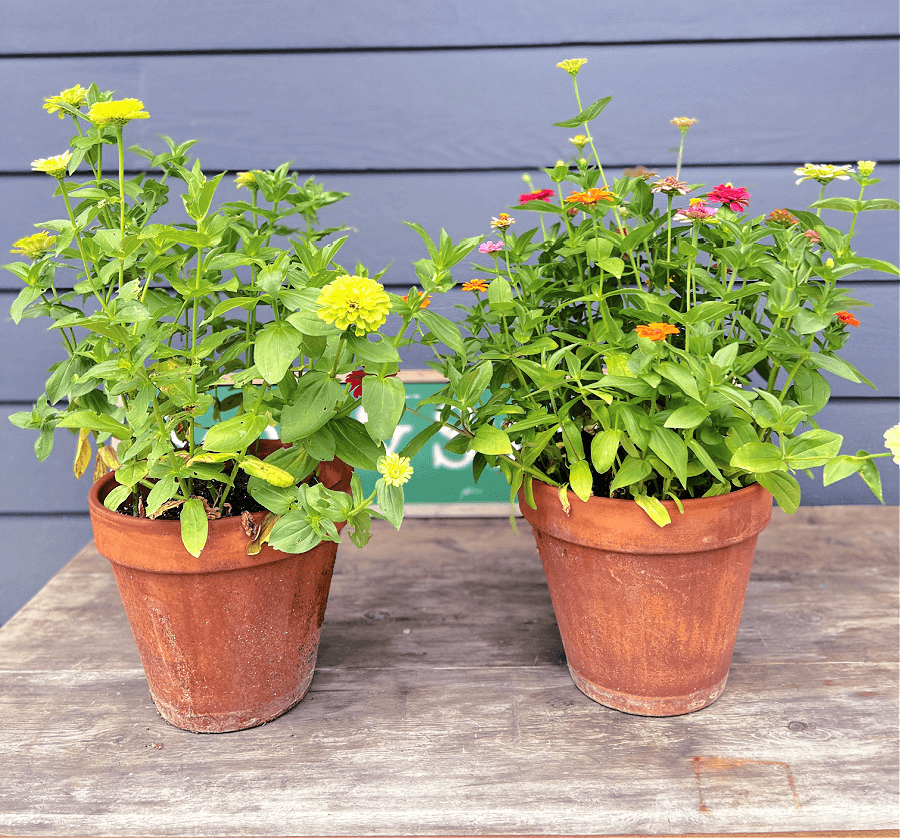
Use old wooden crates, tin cans, vintage buckets, wheelbarrows or ceramic bowls as planters. Drill drainage holes in the bottom of the containers and fill them with nutrient-rich potting soil before planting zinnia seeds or transplants.
When it comes to soil, use a high-quality potting mix that is well-draining and nutrient-rich. Look for mixes specifically formulated for container gardening, as they provide the ideal balance of moisture retention and aeration for zinnias.
Avoid using garden soil, as it may be too dense and compact for potted plants. By choosing the right pot and soil, you’ll create an optimal growing environment for your zinnias, setting them up for success and ensuring they thrive throughout the growing season.
Planting Zinnia Seeds in Pots
Whether starting from seeds or transplants, ensure your zinnias are planted at the appropriate depth and spacing. Seeds should be 1/4 in deep in soil.
I lightly sprinkle my seeds in my pots and then barely cover them. I use my Lazy Girl Method and scatter my seeds in and pack them full!
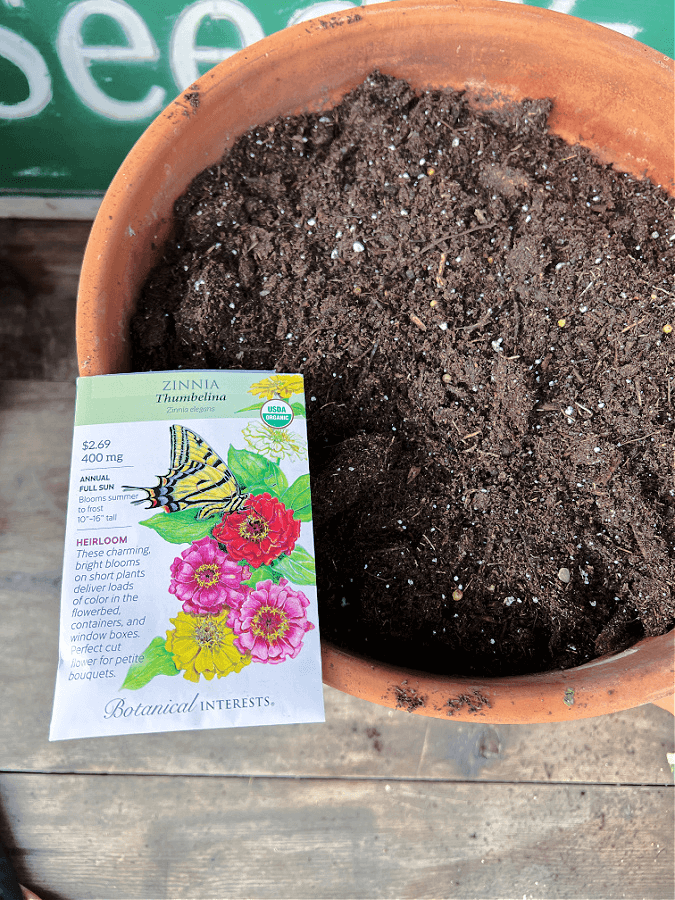
Remember to water them in and then consistently water them, avoiding overwatering which can lead to root rot.
What Seed Variety Should I use for Zinnias in Pots or Containers?
When choosing seed varieties for growing zinnias in pots or containers, it’s essential to consider the size and growth habit of the plants.
For container gardening, compact or dwarf zinnia varieties are often preferred due to their smaller stature and bushy growth, which make them well-suited for confined spaces.
Look for varieties such as Magellan, Dreamland, Lilliput, Thumbelina,’ ‘Profusion,’ or ‘Zahara‘ series, which are specifically bred for container culture and produce abundant blooms on compact plants. ( I have found these on Outsidepride, Amazon, at Walmart, Ace Hardware and Home Depot!)
These varieties typically reach heights of around 12-18 inches and have a spreading habit, making them ideal for filling pots and containers with a profusion of colorful flowers.
Additionally, consider choosing zinnia seeds labeled as “dwarf,” “patio,” or “container-friendly” to ensure they’re suited for growing in pots.
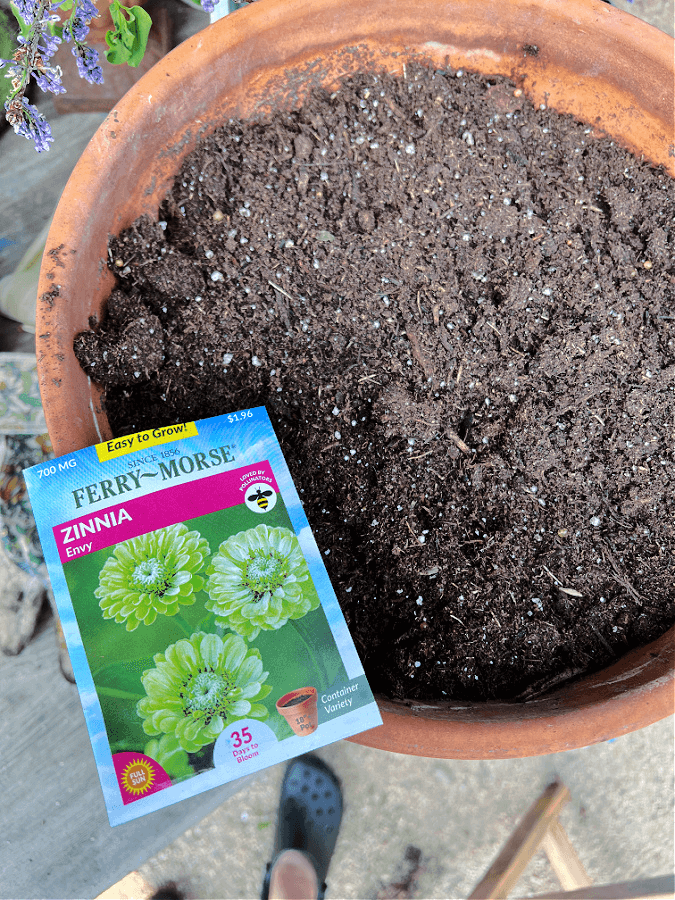
By selecting the right seed varieties, you’ll be well on your way to successfully growing beautiful zinnias in containers, adding a burst of color and charm to your patio, balcony, or indoor space.
Lazy Girl Garden Tip: Add at least 4 seeds packets to each 10-12inch pot. The more seeds the better! If they get too full you can always thin them out later!
Sunlight and Location Requirements
Zinnias are sun worshippers, requiring at least 6-8 hours of full sunlight daily.
Position your pots strategically to maximize sunlight exposure while shielding them from excessive heat and wind.
The best part about planting zinnias in pots is being able to move them around. So don;t be afraid to follow that sun!
How to Care for Zinnias in Pots
Pest and Disease Management
Keep an eye out for common pests and diseases that may plague your zinnias.
Embrace organic methods like companion planting and regular inspections to maintain a healthy garden ecosystem.
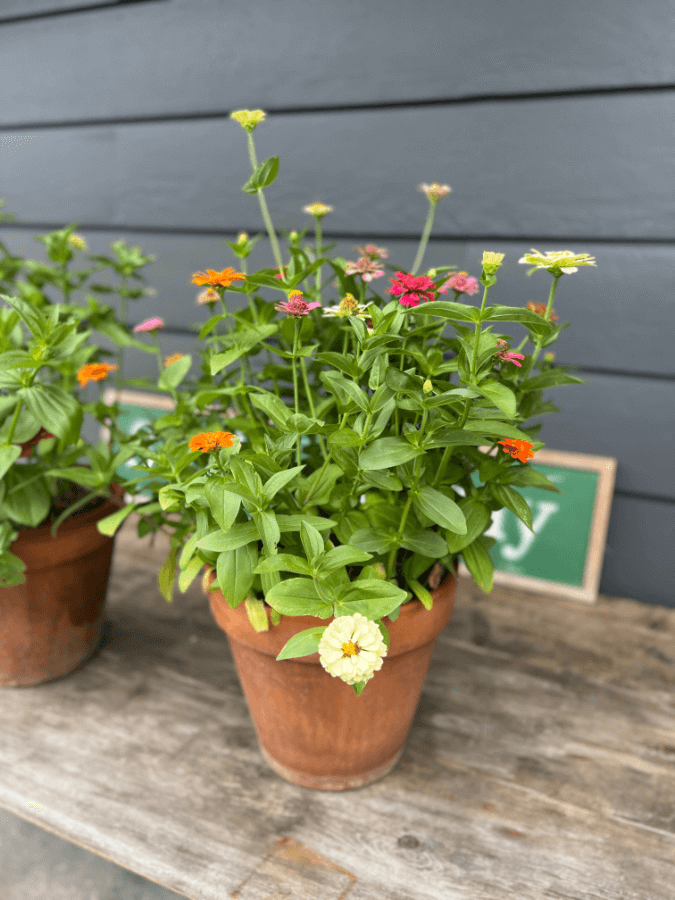
For pest and disease management in zinnias, several common strategies can help keep these beautiful flowers healthy and vibrant:
- Companion Planting: Intercropping zinnias with plants that repel pests or attract beneficial insects can help deter pests naturally. For example, planting marigolds or basil alongside zinnias can help repel aphids and other common pests.
- Regular Inspection: Routinely inspect your zinnias for any signs of pest infestation or disease symptoms. Look for damaged leaves, wilting foliage, or unusual spots, and take action promptly if any issues are detected.
- Handpicking: If you spot pests like aphids, spider mites, or caterpillars on your zinnias, consider handpicking them off the plants. This method can be particularly effective for controlling small pest populations without the need for chemical pesticides.
- Neem Oil Spray: Neem oil is a natural insecticide and fungicide that can help control a wide range of pests and diseases on zinnias. Dilute neem oil according to the manufacturer’s instructions and spray it onto affected plants, paying close attention to the undersides of leaves where pests often hide.
- Horticultural Oils: Horticultural oils, such as insecticidal soap or dormant oil, can also be effective against pests like aphids, spider mites, and whiteflies. These oils work by suffocating the pests and can be applied as a spray to infested zinnias.
- Organic Fungicides: If fungal diseases like powdery mildew or gray mold are a concern, consider using organic fungicides such as sulfur or copper-based products. These fungicides can help prevent the spread of fungal spores and protect your zinnias from disease.
- Proper Watering: Avoid overwatering your zinnias, as excessive moisture can create conditions favorable for fungal diseases. Water the plants at the base to keep foliage dry and promote good air circulation around the plants, which can help prevent disease development.
- Sanitation: Keep the area around your zinnias clean and free of debris to reduce the risk of pest infestations and disease spread. Remove fallen leaves, spent flowers, and any plant debris from the garden bed or containers regularly.
By implementing these pest and disease management strategies, you can help keep your zinnias healthy and thriving throughout the growing season, allowing you to enjoy their vibrant blooms to the fullest.
Watering Zinnias in Containers
Maintain consistent moisture levels by watering your zinnias regularly, ensuring the soil doesn’t dry out completely between waterings.
Mulching can help retain moisture and regulate soil temperature.
I have noticed that my soil in pots dry out way quicker than my beds. Once I was able to connect a water drip system to my pots they flourished with the consistent watering schedule.
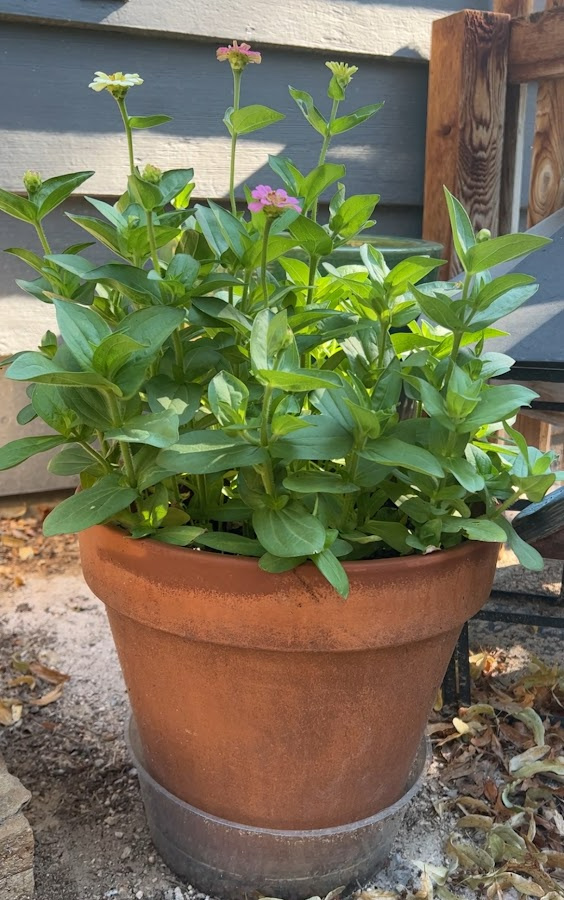
When you first plant your zinnia seeds consider how hot it is in your area and use that to determine if you will water your pots 2x a day or just once. Once you blooms are established you can drop that down to 3 times a week to see of that works. If not, adjust accordingly!
How to Deadhead Zinnias in Pots
Deadheading—removing spent blooms—is essential for encouraging continuous flowering. Simply pinch off wilted flowers to stimulate new growth and prolong the blooming season.
The best way to deadhead zinnias is to regularly remove spent flowers as soon as they start to fade or wilt.
Using clean, sharp scissors or pruning shears, snip off the dead flower heads just above a set of healthy leaves or lateral bud. (seen in picture below!)
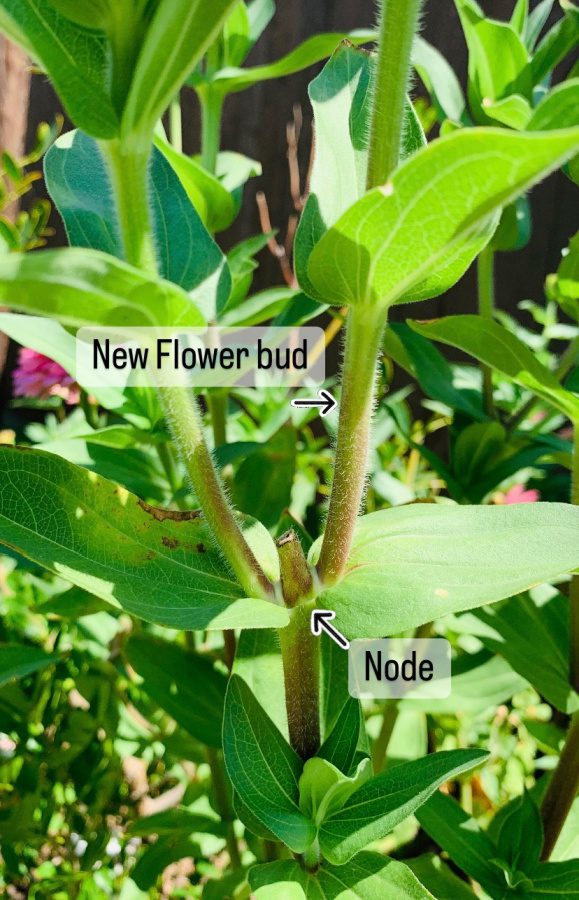
This process not only prevents the plant from expending energy on seed production but also stimulates the growth of new flower buds, ensuring a prolonged blooming period.
It’s important to deadhead zinnias regularly throughout the growing season, ideally every few days, to keep the plants looking tidy and to promote continuous flowering. The more you cut the more they bloom!!!
By incorporating deadheading into your zinnia care routine, you’ll enjoy a bountiful display of colorful blooms that brighten your garden or indoor space all season long.
Fertilizing Zinnias In Pots
Fertilizing zinnias in pots is crucial for promoting healthy growth and vibrant blooms throughout the growing season.
When it comes to feeding zinnias, a balanced fertilizer with equal parts nitrogen, phosphorus, and potassium (N-P-K) is ideal for encouraging robust foliage and prolific flowering.
Begin fertilizing zinnias in pots about two weeks after transplanting or once the seedlings have established themselves. Apply the fertilizer according to the manufacturer’s instructions, typically diluting it with water and applying it to the soil around the base of the plants.
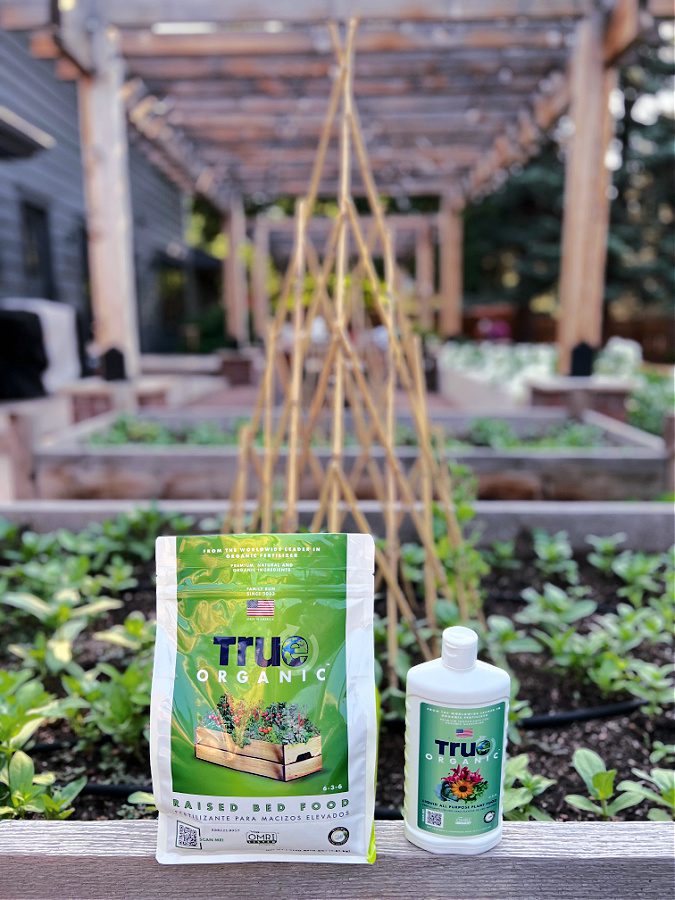
Repeat the fertilization process every 4-6 weeks ( or when you can remember) during the growing season to provide a steady supply of nutrients to the zinnias.
However, be cautious not to over-fertilize, as this can lead to excessive foliage growth at the expense of flowering. With proper fertilization, your potted zinnias will receive the nutrients they need to thrive, resulting in healthy plants and abundant, colorful blooms to brighten up your garden or living space.
Lazy Girl Garden Tip: Don’t stress about fertilizing because your zinnias will be fine without it. However, I love using TRU Organic fertilizer on all of my flowers including my zinnias! I add it once I see sprouts and then again a few more times when I remember to.
Shop My Gardening Favorites
In the collage below you can find all of my favorites including the fertilizer I use and mentioned above!
Harvesting and Enjoying Zinnias
Harvest zinnia blooms at their peak for fresh bouquets or drying. Get creative with showcasing your zinnias indoors and outdoors, from charming arrangements to stunning container gardens.
And just liked I talked about above, the more you cut the more blooms you will get! And another great thing about cut zinnias is that they have incredible vase life and dry beautifully too!
Common Questions About Growing Zinnias in Containers
1.Do zinnias do well in pots? Absolutely! As long as you provide adequate care and attention, zinnias thrive in containers.
2.What size pot do you need to grow zinnias? Choose pots that are at least 8-12 inches in diameter to accommodate zinnias’ root systems.
3.Why are my potted zinnias dying? Check for issues like overwatering, inadequate sunlight, or pest infestations, and adjust your care routine accordingly.
4.How long do zinnias last once they bloom? With proper care, zinnias can continue blooming throughout the growing season, offering weeks of colorful beauty.
Growing Zinnias in Pots…You Sure Can!
Growing zinnias in pots is a rewarding endeavor that offers versatility, accessibility, and unmatched aesthetic appeal.
Whether you’re a seasoned gardener or a novice green thumb, zinnias are sure to delight with their vibrant blooms and easy-going nature.
So, why wait? Embark on your own zinnia-growing journey today, and let your creativity blossom alongside these charming flowers. For more tips, inspiration, and gardening resources, be sure to check out my other gardening posts listed below!
More Posts & Resources on Gardening
- Lazy Girls Guide To Growing Zinnias (downloadable guide!)
- Harvesting Zinnia Seeds
- Tips & Tricks for Planting Hostas in Pots
- Best Cottage Garden Flowers and Plants
I’d love to have you hang out with me some more! Feel free to follow along with me on any of the platforms linked below.
LTK | Facebook | Instagram | Pinterest | Amazon
xoxo,
Kelly
Did you like this post? PIN it for later!
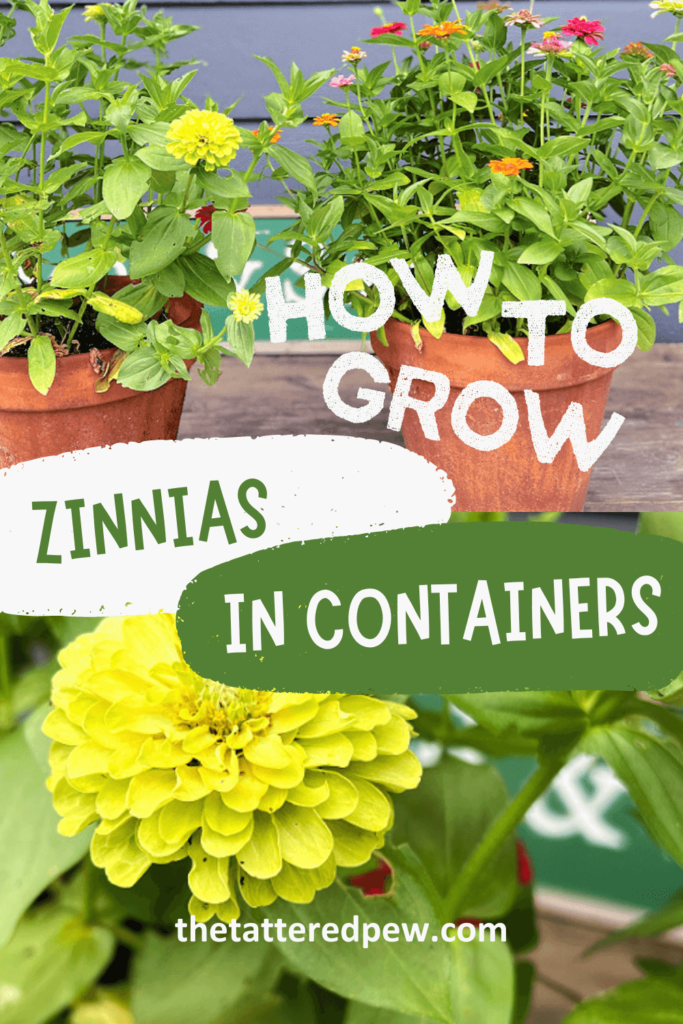
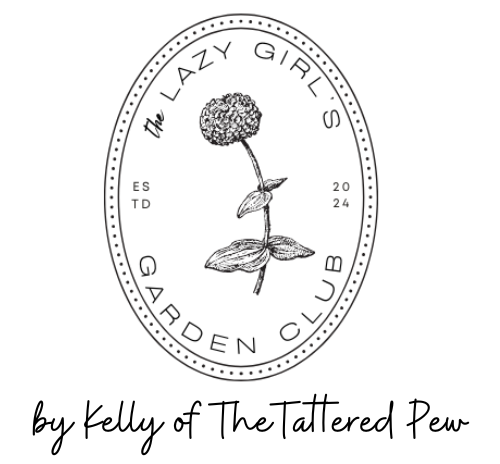
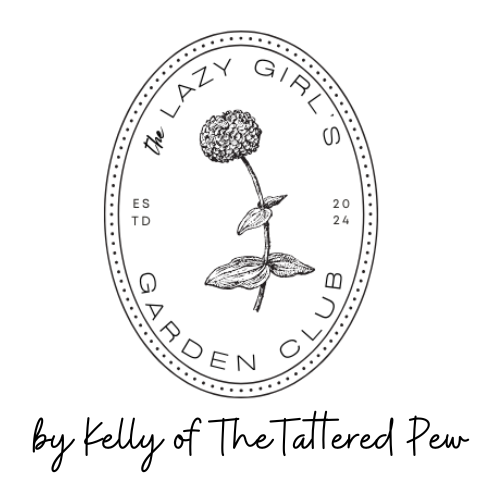
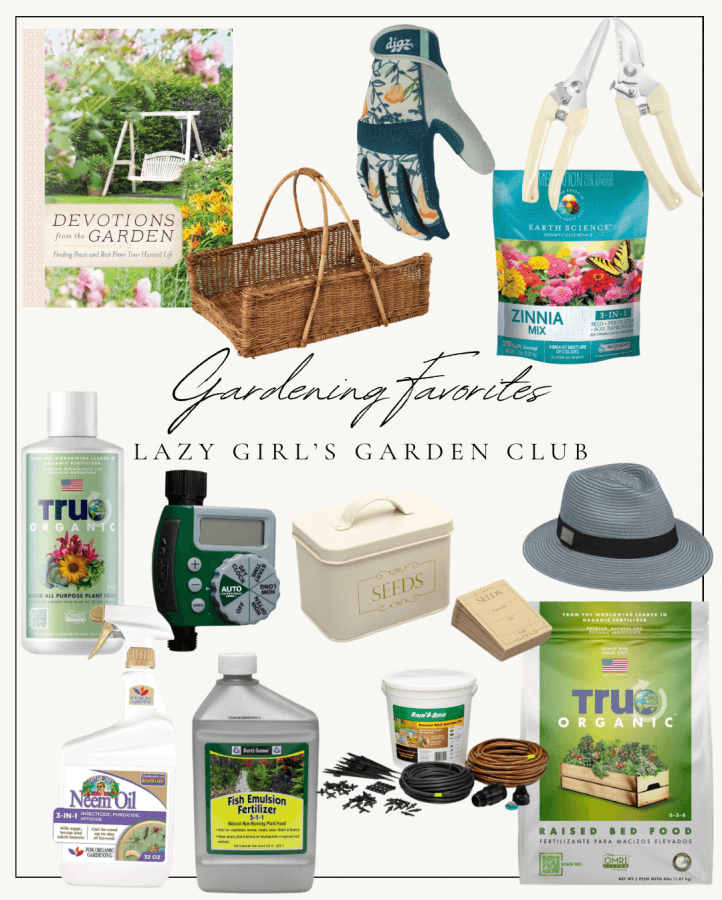
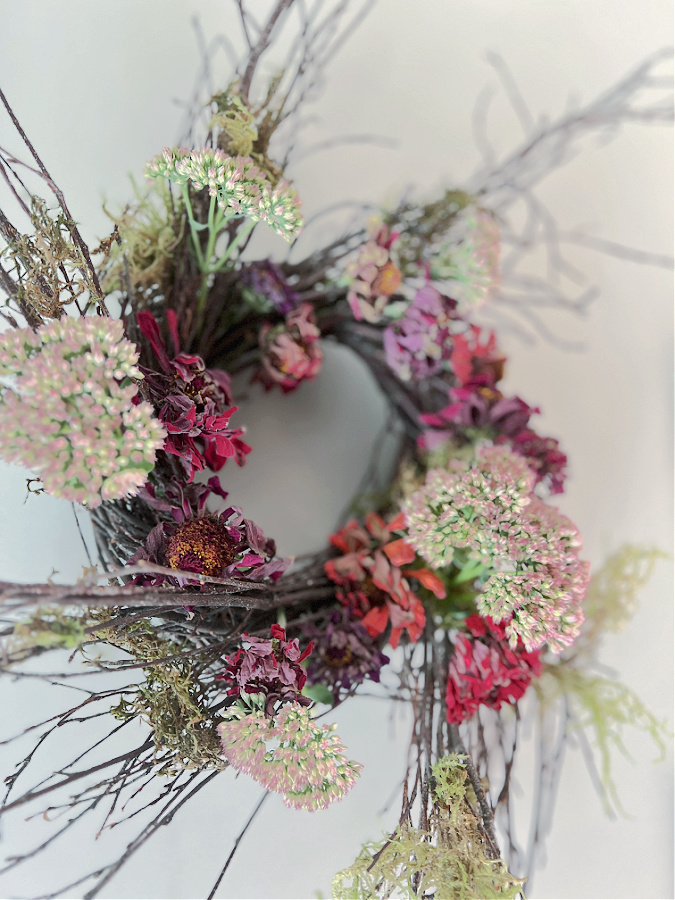
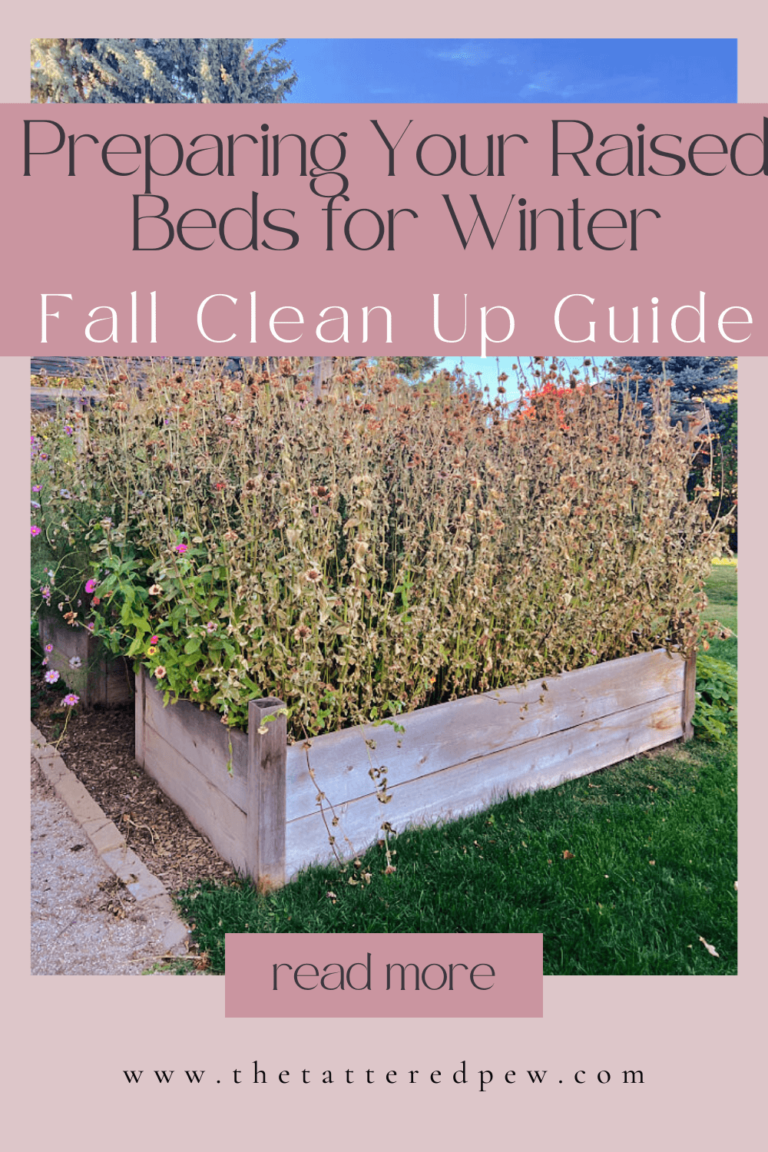
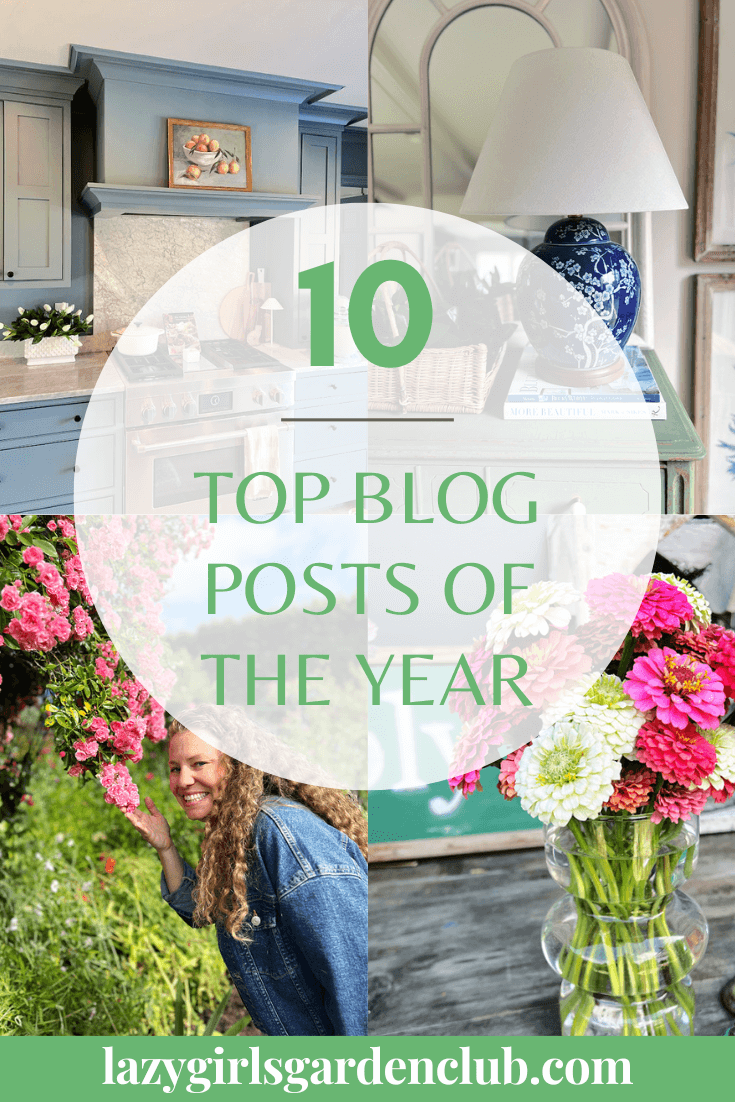
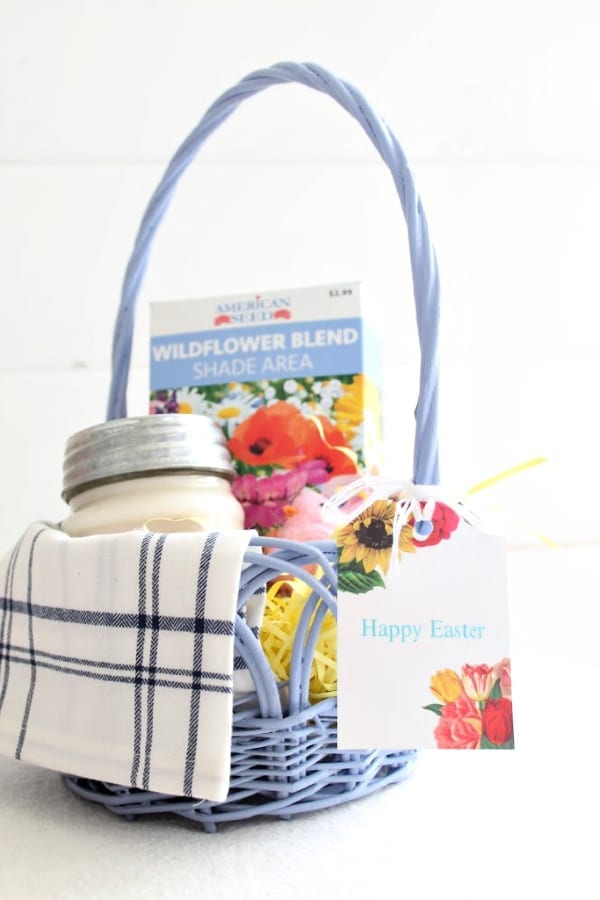
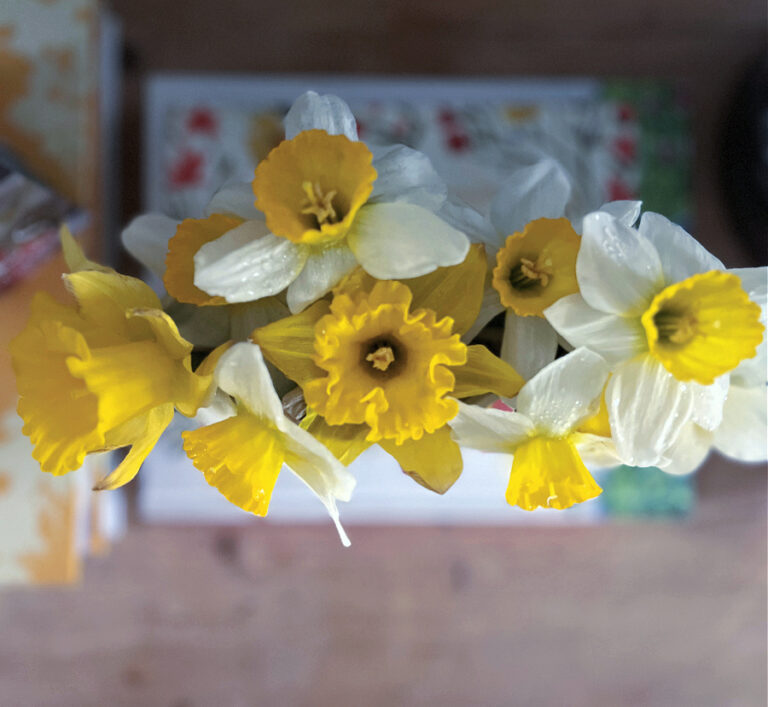
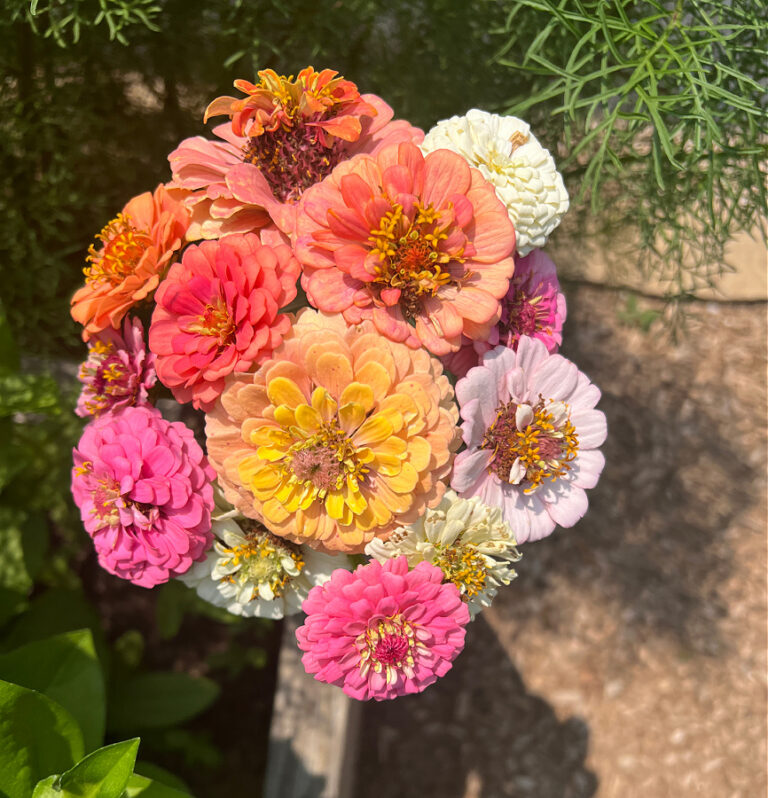
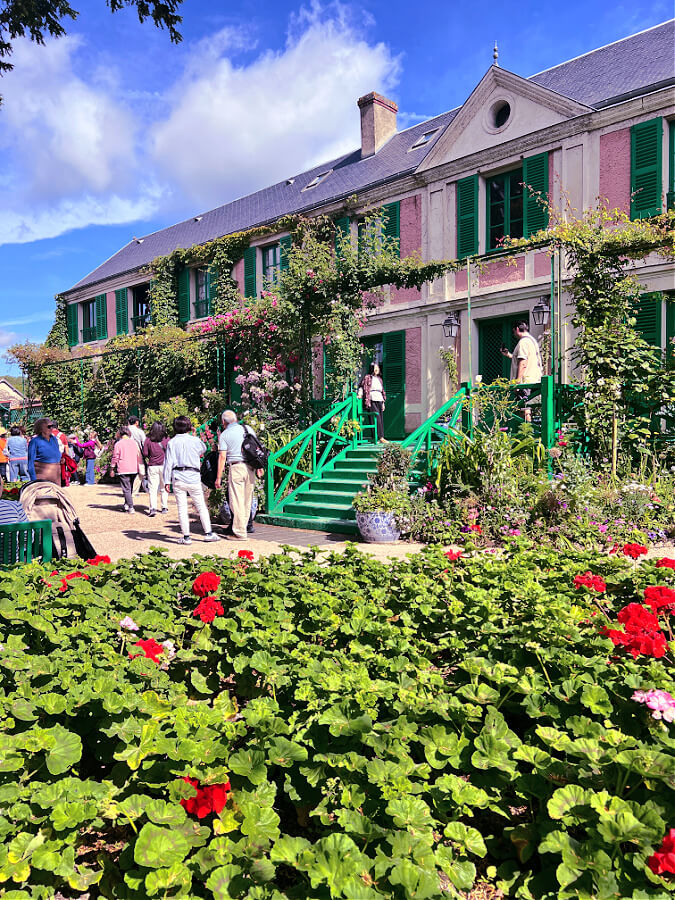
Kelly,
I’ve only grown zinnia in flower beds. I may fill one of my roadside planters with some zinnia seeds. Thanks for all the tips.
Oh yes Rachel that sounds like a very good plan! Please share pictures with me if you do!
I am not a gardener but I do like the look of flowers and found the post interesting enough